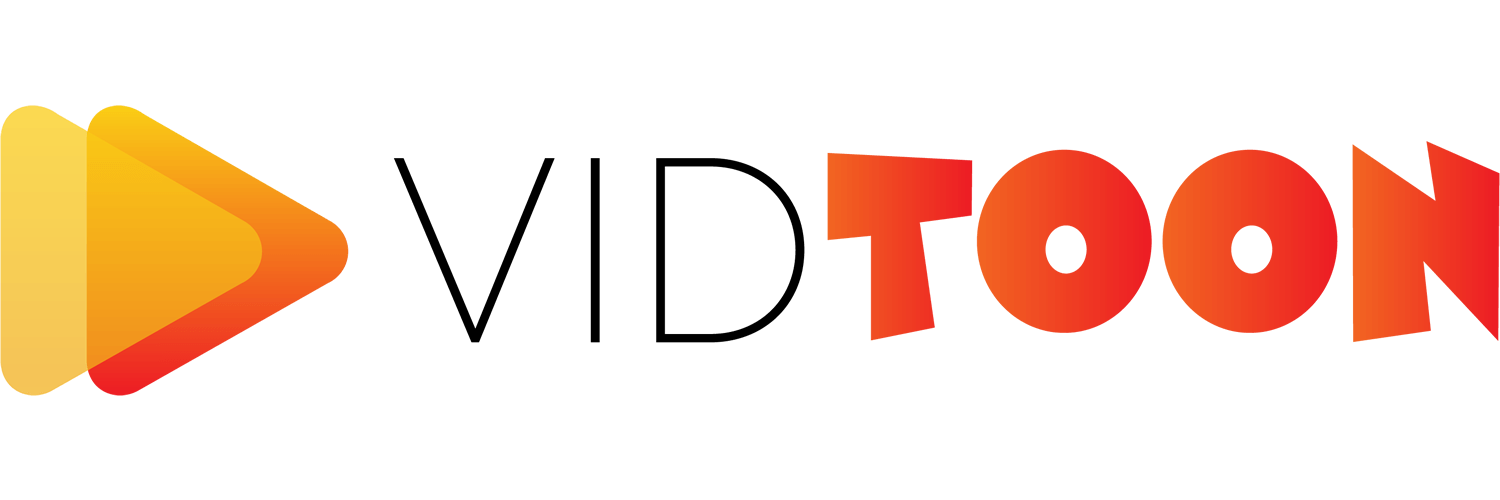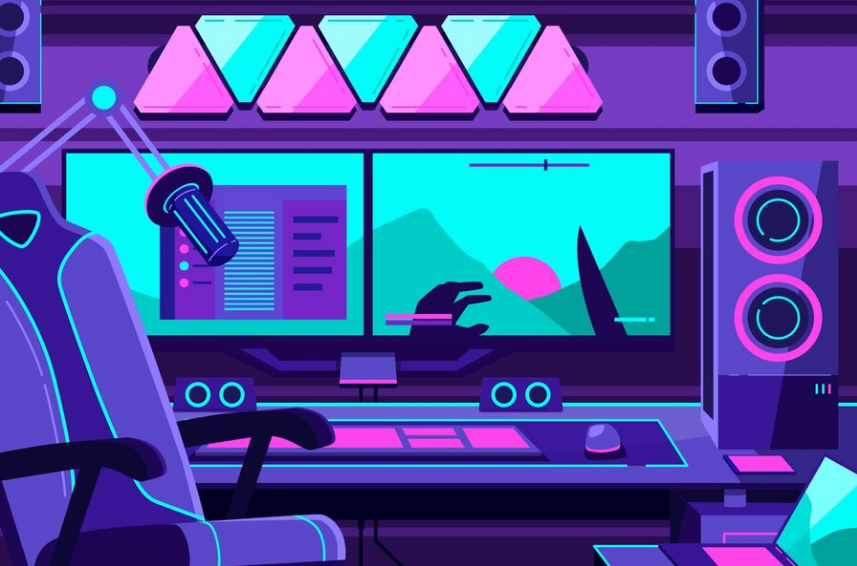

In recent years, the landscape of social media has undergone a dramatic transformation with the advent of online streaming. The technological advancements and widespread availability of high-speed internet have revolutionized the way we consume and interact with content online.
Streaming, in its essence, involves the real-time transmission of content over the internet. Whether it's videos, audio, gaming, or live events, streaming has become the preferred method for users to access media without downloading large files. The rise of streaming has changed the dynamics of social media, giving rise to a new era of user engagement and content creation.
Over the years, YouTube has grown from a small startup to a global phenomenon, attracting millions of content creators and billions of viewers. We will explore how the platform gave rise to internet celebrities, commonly known as YouTubers, who captivated audiences with their unique and engaging videos. As we progress, we have witnessed the rise of short-form video platforms like TikTok, which further transformed the way we interact with video content. TikTok's algorithm-based content discovery and its emphasis on creativity have made it a dominant force in social media, particularly among younger demographics.
One of the defining features of the rise of video content platforms like YouTube and TikTok is the prominence of user-generated content (UGC). With the advent of smartphones equipped with high-quality cameras, anyone with a creative idea and a smartphone became a potential content creator. This democratization of content production marked a significant shift in the media landscape.
UGC not only allowed individuals to express themselves but also enabled them to build communities around shared interests. Audiences found themselves drawn to creators who were relatable and authentic, leading to the rise of internet celebrities who amassed massive followings.
The power of UGC also extended to brands and businesses, as they began collaborating with influencers and content creators to reach their target audiences in more organic ways. This influencer marketing strategy opened up new possibilities for brands to connect with consumers in a more genuine and engaging manner.
As video content platforms gained popularity, they began to challenge traditional media outlets such as television networks and cable channels. The shift towards online video consumption meant that audiences were spending more time on platforms like YouTube and TikTok, reducing the viewership of traditional TV shows.
To adapt to this changing landscape, many media companies started investing in their own digital platforms and streaming services. They realized the importance of creating online content that catered to the preferences of the digital-native audience.
With the growth of online video platforms, content creators found new opportunities for monetizing their content. YouTube's Partner Program, for instance, allowed creators to earn revenue through advertisements placed on their videos. As their subscriber base grew, so did their earning potential.
Additionally, platforms like Streamr provided ways for creators to earn income directly from their dedicated fan base. Fans could subscribe to their favorite creators, access exclusive content, and even participate in live streams and virtual events.
While YouTube was instrumental in popularizing long-form video content, TikTok introduced a new and unique format: short-form videos. The platform's algorithm-based feed, which curates content based on user preferences, contributed to its rapid rise in popularity.
TikTok's emphasis on creativity, ease of use, and viral challenges attracted a diverse and engaged user base. The app became a global phenomenon, and its impact extended beyond social media into popular culture.
The Evolution of Content Consumption Habits
The rise of video content on YouTube and TikTok also led to changes in how audiences consumed content. The traditional passive viewing experience of television was replaced with active engagement and participation on social media platforms.
Viewers became accustomed to content that was tailored to their interests and preferences, thanks to personalized recommendations from algorithms. This shift in content consumption habits has had a profound impact on marketing and advertising strategies, as brands now need to create content that resonates with their target audience on a more personal level.
The growth of video content platforms has not been without its challenges. Issues related to content moderation, copyright infringement, and the spread of misinformation have been recurring concerns for these platforms. Striking a balance between allowing creative freedom and ensuring a safe and responsible online environment has been an ongoing challenge.
Furthermore, the pressure to maintain viewership and engagement has led to controversies surrounding clickbait, sensationalized content, and unhealthy competition among creators. Platforms continue to refine their policies and algorithms to address these concerns while promoting a positive user experience.
The transformative power of video content platforms, from YouTube's inception to TikTok's global dominance, has led to the rise of user-generated content, which drastically affected traditional media, and helped in the dissemination and the evolution of content creators and content consumption habits which have reshaped the social media landscape.